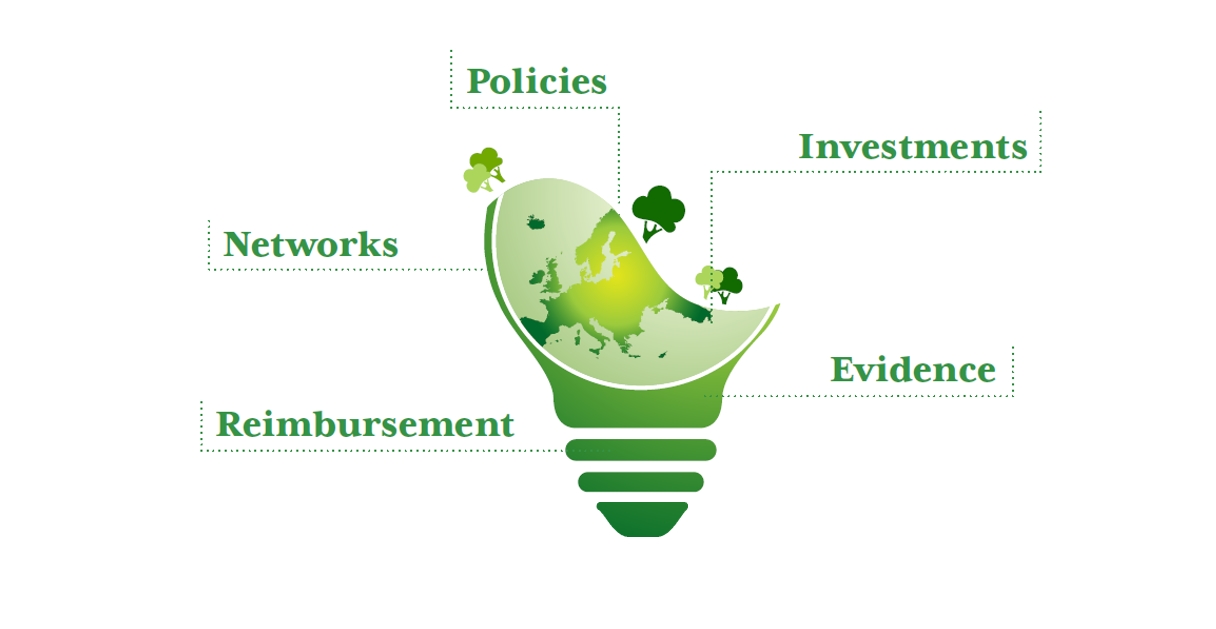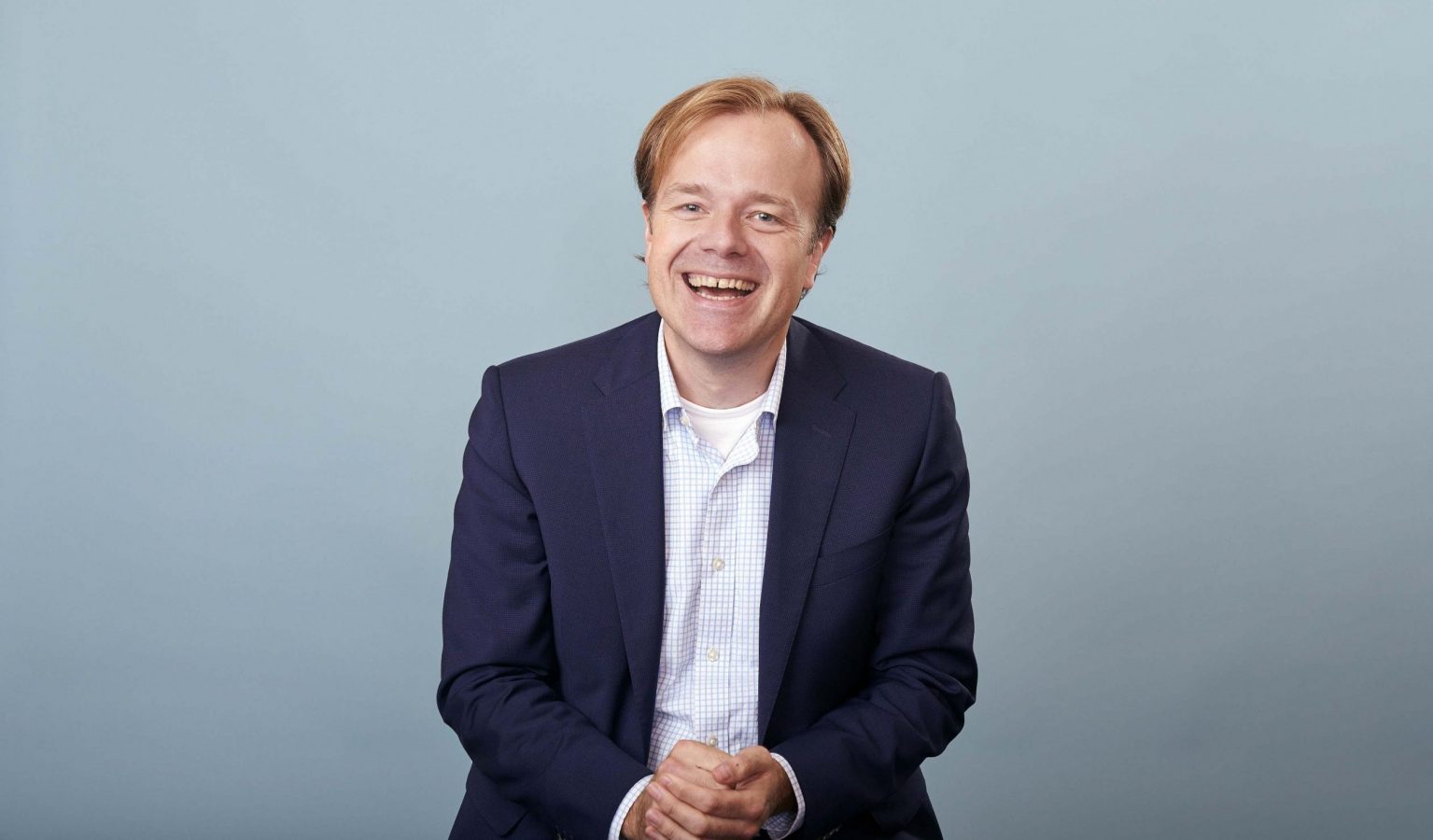What are the options?
The first option – continuation – means carrying on as before but with the same or even reduced budgets and an increasing shortage of both general and specialist healthcare professionals. Every patient will wait for longer to receive treatment, and will get less attention when they finally reach the front of the queue.
Continuation means less and less capacity to optimise prevention, screening, diagnosis, treatment and care. And as systems struggle to extract maximum value from every resource, there will be less and less consideration given to protecting the natural environment. Recent research in the Netherlands shows efficient care can make an enormous contribution to limiting CO2 emissions. This research makes it clear that care which is better for the patient can also be good for the climate.
Video: MIT invented AI that can predict your lung cancer risk in 6 years’ time using just a single low-dose CT scan. Normally, human radiologists scour images by eye to find cancers in their early stages, when they can still be removed. The AI tool takes things a step further, detecting abnormalities that the human eye can’t see to predict the risk of cancer within 6 years.
By choosing the second option – innovation – healthcare decisionmakers can forge a different path. They can ensure efficient, sustainable resource use in cancer care, and achieve better outcomes for people, prosperity and the planet.
But what does this innovation look like? As we show in our white paper Innovation for Sustainable Cancer Care, it places increased focus on prevention, self-management and remote care so that fewer patients require expensive, resource-heavy visits to a hospital. It uses scarce resources in an efficient, more innovative way, optimising prevention, screening, diagnosis and treatment to improve patient outcomes.
What are we talking about?
Examples include a new mammography device which uses microwaves instead of X-rays to offer pain-free, radiation-free breast cancer scans which are faster, more accessible and more cost-effective.
AI-supported diagnoses for blood tests can help GPs screen low-risk and very low-risk patients quickly and effectively (in conjunction with appropriate after-netting), allowing them to focus on other possible causes of their symptoms rather than referring them for expensive and unnecessary further testing.
And a shift to home-based care for subcutaneous injections can cut costs by 20% compared to hospital-based interventions, while eliminating some indirect costs, including travel costs and lost income associated with hospital visits, altogether for caregivers and patients alike.
Pilot studies across Europe and the world show that many possibilities exist for innovation and transformation across the cancer care environment. But there are several reasons related to financial structures, a heterogeneous healthcare landscape across Europe and fixed stakeholder mindsets which make turning those pilot programmes into real, permanent changes at scale a very demanding challenge.


A plea to healthcare decisionmakers
In our white paper Innovation for Sustainable Cancer Care, we make a plea to healthcare decisionmakers to redesign cancer care according to five commitments. We believe these commitments together can create the environment necessary to allow healthcare systems to find, implement and deliver true cancer care innovation:
- Policy: keep the end in mind Cancer care policies should shift focus to innovation and sustainability, rather than continuation and cost-containment, with a long-term ambition to put patients and outcomes first. Public healthcare policy should prioritise, rather than inadvertently stifle, nationwide adoption of innovations which contribute to sustainable cancer care.
- Investment: from the lab to the patient A fundamental change in the way cancer care is delivered in order to reduce costs over the long term will require, upfront investment in R&D. The current scattered landscape of investors, grants, and public finance schemes makes finding these investments difficult, especially if an innovation does not fit traditional funding models. New funding models at national and European level must facilitate R&D and large-scale implementations.
- Evidence: measure to achieve Robust data and analytics about patient needs, outcomes, experiences costs and efficiency is essential in order to maximise the impact and scale of cancer care innovations. The fragmented nature of often outdated and incompatible IT systems across the healthcare sector is a significant barrier to achieving this.
- Reimbursement: reward sustainability Activity-based financing often prioritises volume over outcomes and encourages continuity over efficiency. There must be clear incentives to address both scarcity and the climate emergency by rewarding sustainability. Instead of focusing on annual budgets and the electoral cycle, decisionmakers must consider the long term.
- Networks: foster innovation While pilot schemes often show exciting potential and encouraging results, they often remain small scale. There must be a clear pathway, involving governments, decisionmakers and other stakeholders to share their best practices and provide guidance and cooperation at a regional, national and international level in order to smooth and accelerate the process of adopting successful innovations which improve outcomes and sustainability.
These five pillars, we believe, can form the framework for the collaborative approach between all stakeholders to fix cancer care and make it fit for the challenges our societies face offer the coming years and decade as populations age and economic growth slows. For more insights, examples and recommendations, please download our white paper Innovation for Sustainable Cancer Care.
LET’S DISCUSS
Inspired to share your thoughts? Or would you like to learn more about how Vintura can support you in addressing key policy topics? Bas Amesz would be delighted to hear from you to pick up the conversion.
THIS REPORT IS EXPLICITLY ENDORSED BY THE FOLLOWING ORGANISATIONS
Acute Leukemia Advocates Network (ALAN)
Digestive Cancers Europe
All.Can
InvestNL
Technical University Delft, the Netherlands
EIT Health
Europa Uomo
European Cancer Patient Coalition
European Federation of Pharmaceutical Industry Associations (EFPIA)
Evita Hereditary Cancers
Myeloma Patients Europe
European Association for Hospital Pharmacists (EAHP)
Erasmus MC, University Medical Center Rotterdam, the Netherlands
This report was commissioned and financed by the EFPIA Oncology Platform
#Europe #Cancer #Innovation #Sustainability #EUCancerPlan #WeWontRest


